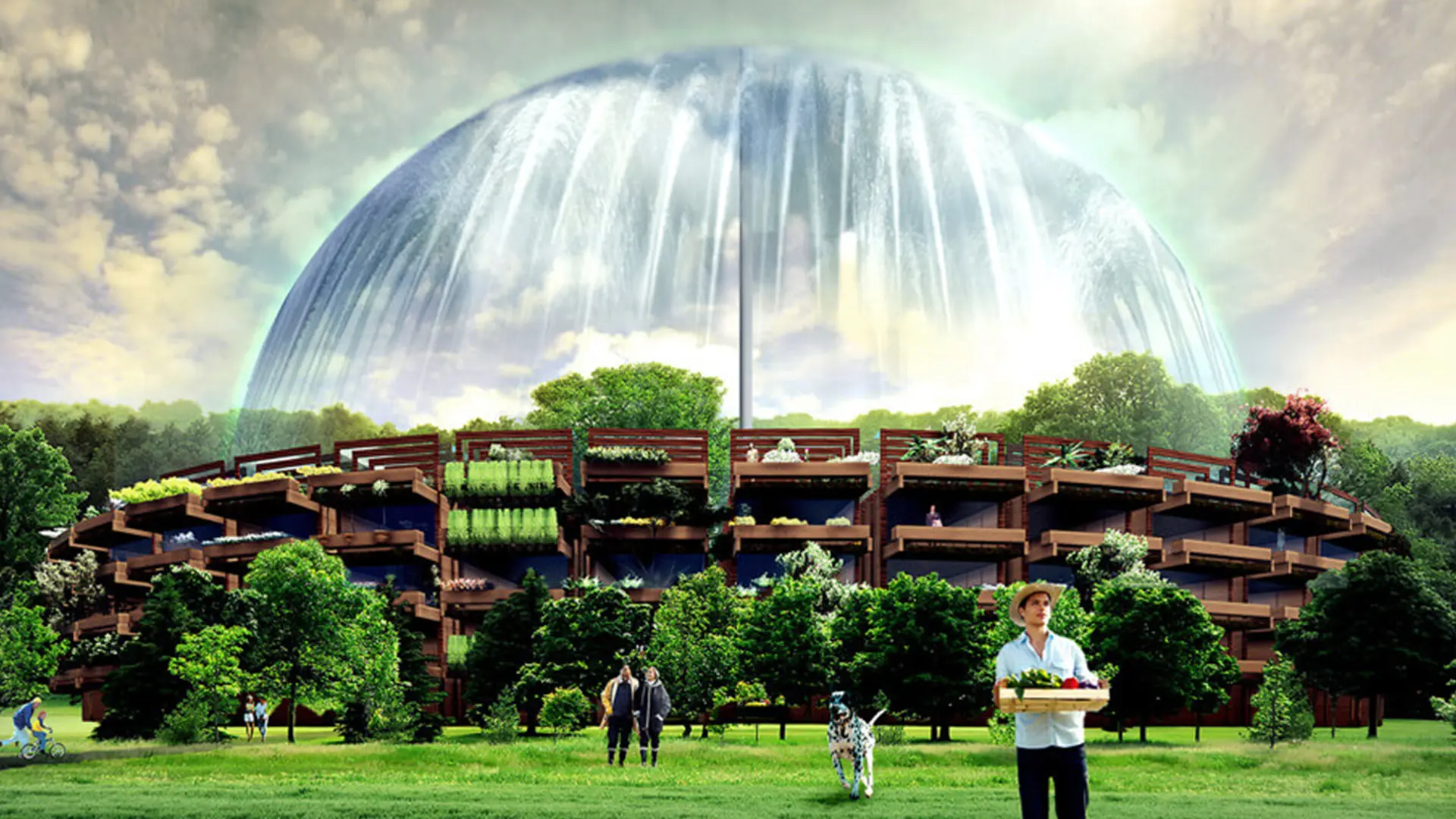10 abandoned places and the ruins of modern architecture
As architecture gets forgotten and abandoned, a process of change begins in the aesthetics of its structure and space.
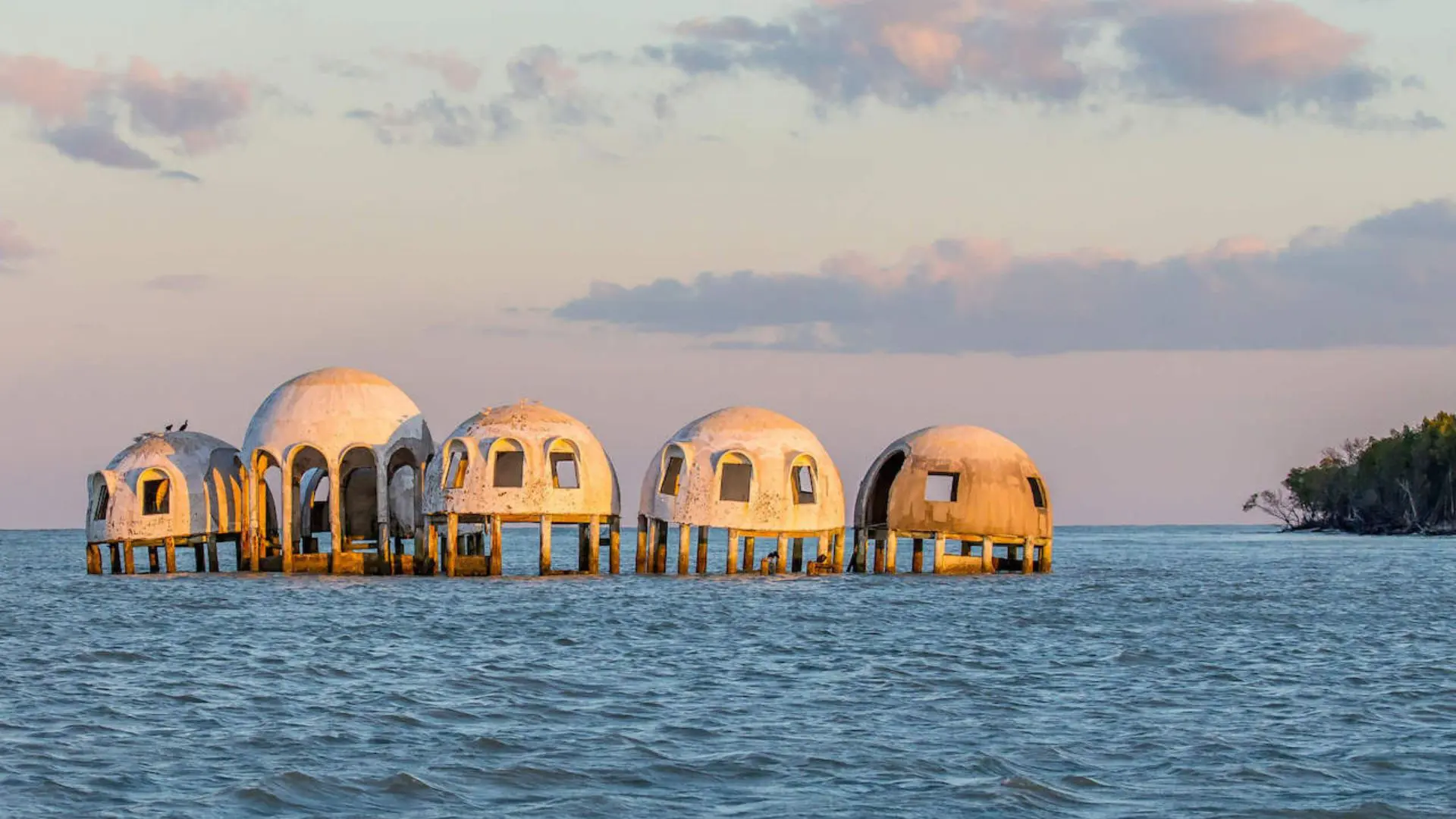
Abandoned places and buildings exist all over the world and are typically viewed as a testament to unsuccessful projects or hubs for vandalism. Architecture, despite its resilience, scale and relevance is, like all things, sooner or later forgotten. It is likely that the reader has passed by abandoned buildings and structures.
It is also likely that it created a more acute response to its identity compared to new buildings. While ancient weariness can give to the structure a certain historical value, to most building the decay of architecture is easily dismissed or considered eerie and distasteful.
Even if the original function of a building can be terminated, leaving it to deteriorate, some structures around the world have gained aesthetic significance because of their decay and its enhancing character. The characteristic that only the passage of time can create embodies a unique sensation to them.
These can be used with different purposes such as a scenario for a horror story or a defining and charming feature of a restoration project. Here is a compilation of these aesthetics when abandoned architecture is left truly abandoned and left exposed to the elements.
This compilation provides inspiration for renovation projects as well as a degree of contemplation for what becomes of architecture when dismissed of any function.
Go to:
Dome Homes – Florida, USA
The Cape Romano Dome House is an abandoned house consisting of six dome-shaped modules on stilts, located approximately 100 meters offshore from Cape Romano Island, Florida.
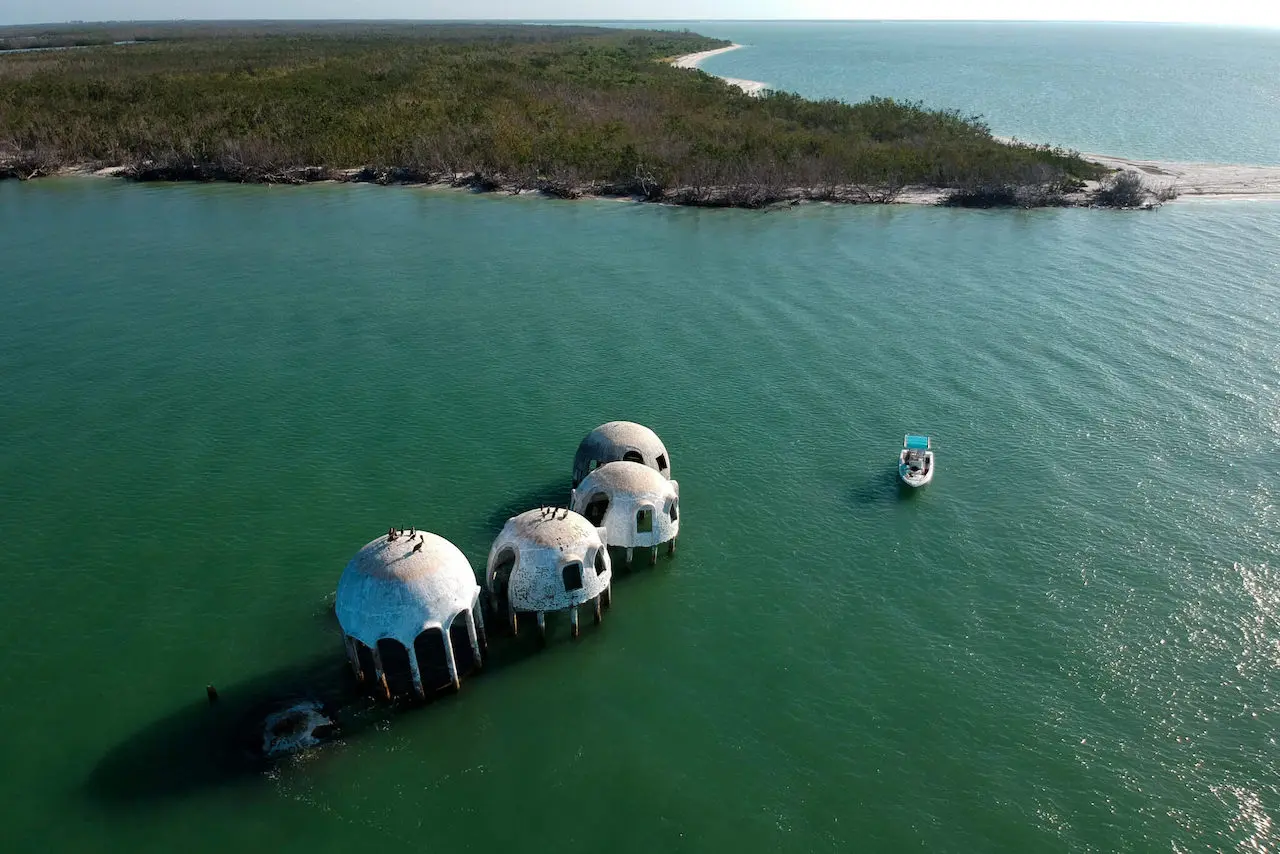
Constructed during the ’80s, the Dome Houses were meant to become a futuristic vacation home.
The harsh weather of Florida eroded the shorelines, leaving this architectural project to be considered inadvisable.
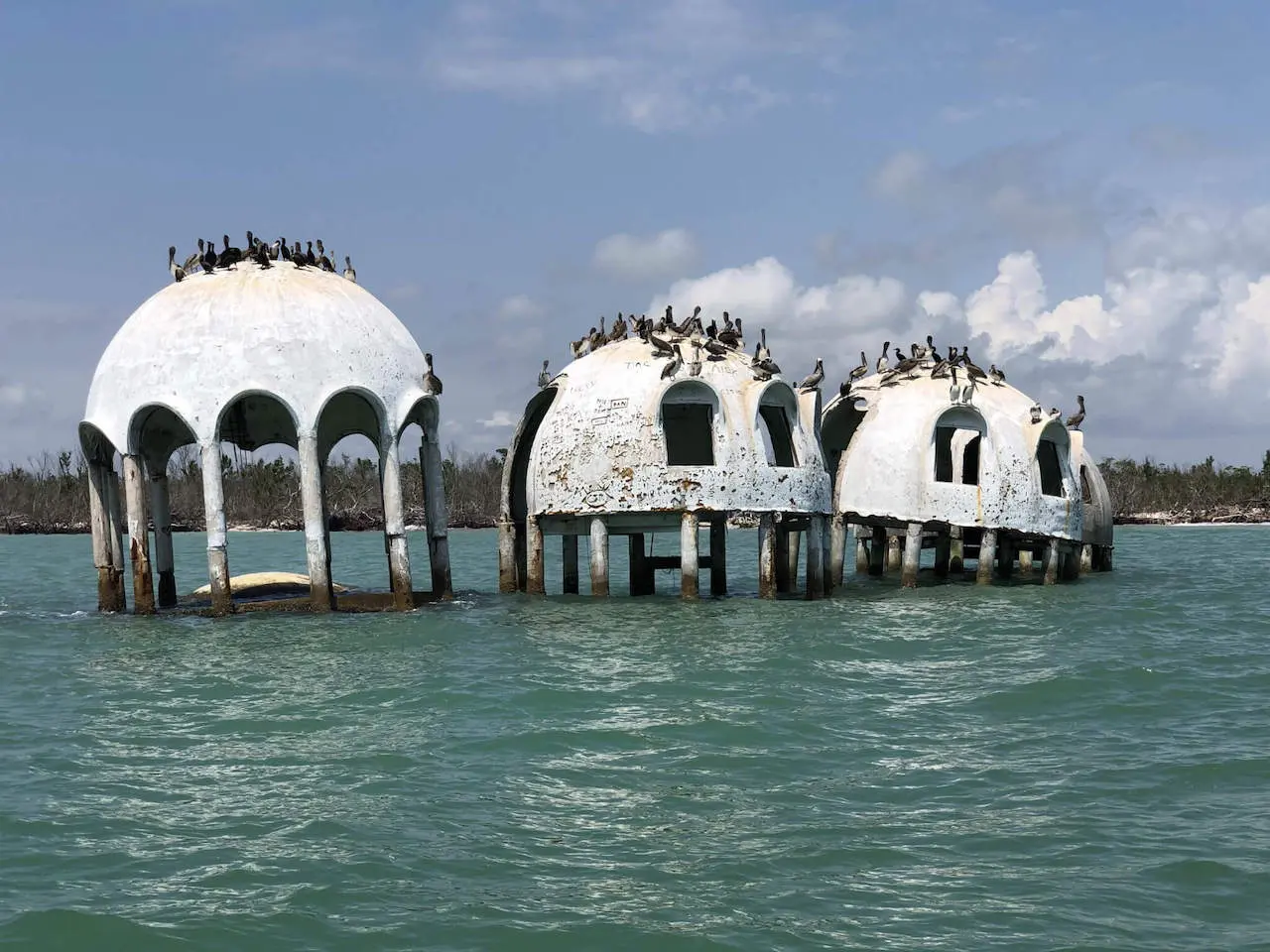
Kolmanskop, Namibia
Located in the south of Namibia, the town of Kolmanskop was once the spot of diamond mining in the early 20th Century.
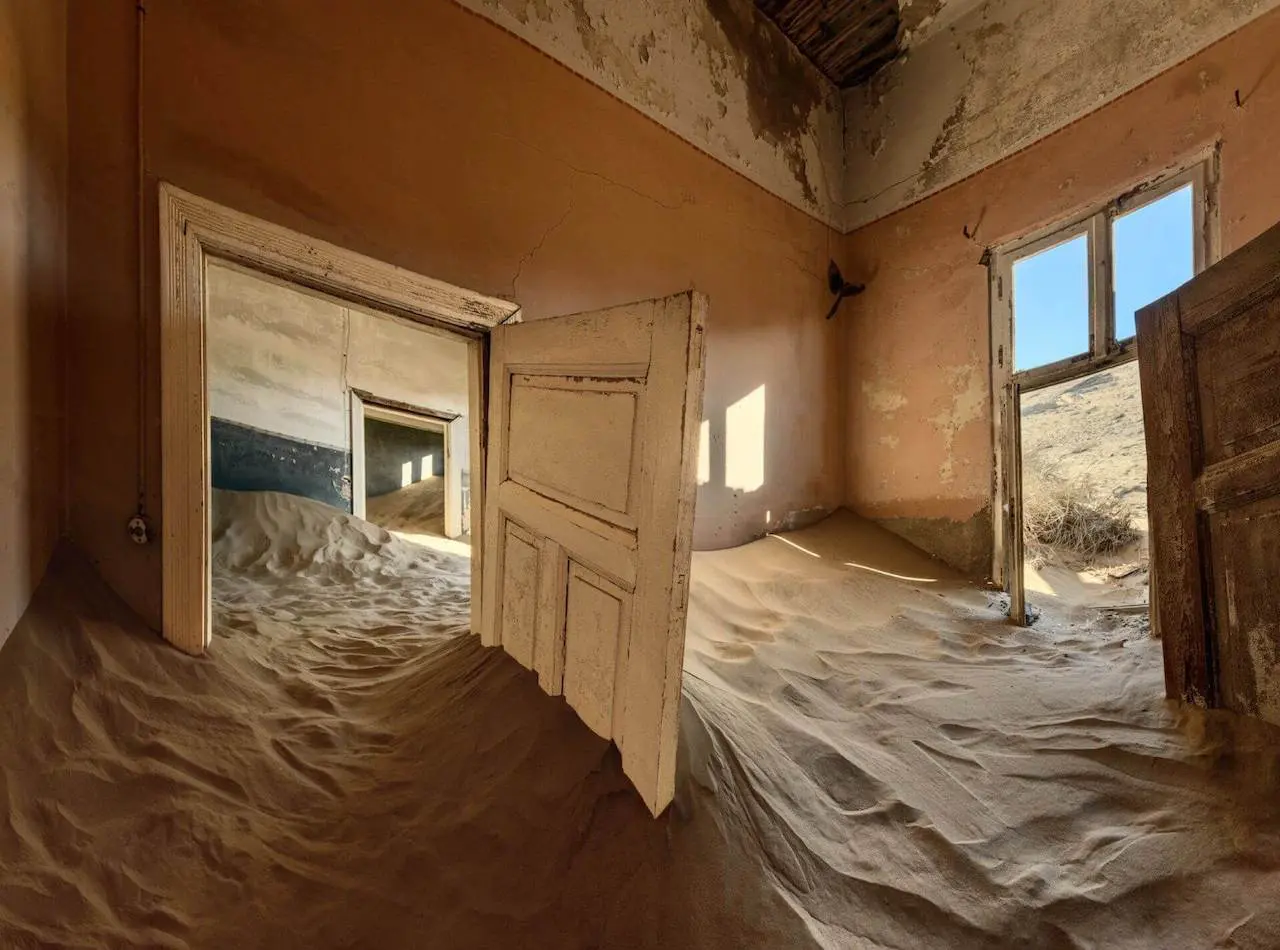
Once its inhabitants discovered more diamonds south of Kolmanskop the site eventually became a ghost town.
Now its sand-filled interiors depict what could have been a contemporary art installation or space concept.

The Maunsell Sea Forts – England
The Maunsell Forts are armed towers built in the Thames and Mersey estuaries during the Second World War to help defend the United Kingdom.

They were operated as army and navy forts and named after their designer, Guy Maunsell.
The forts were decommissioned in the 1950s, and the abandoned towers were used by pirate radio operators in the following decades.
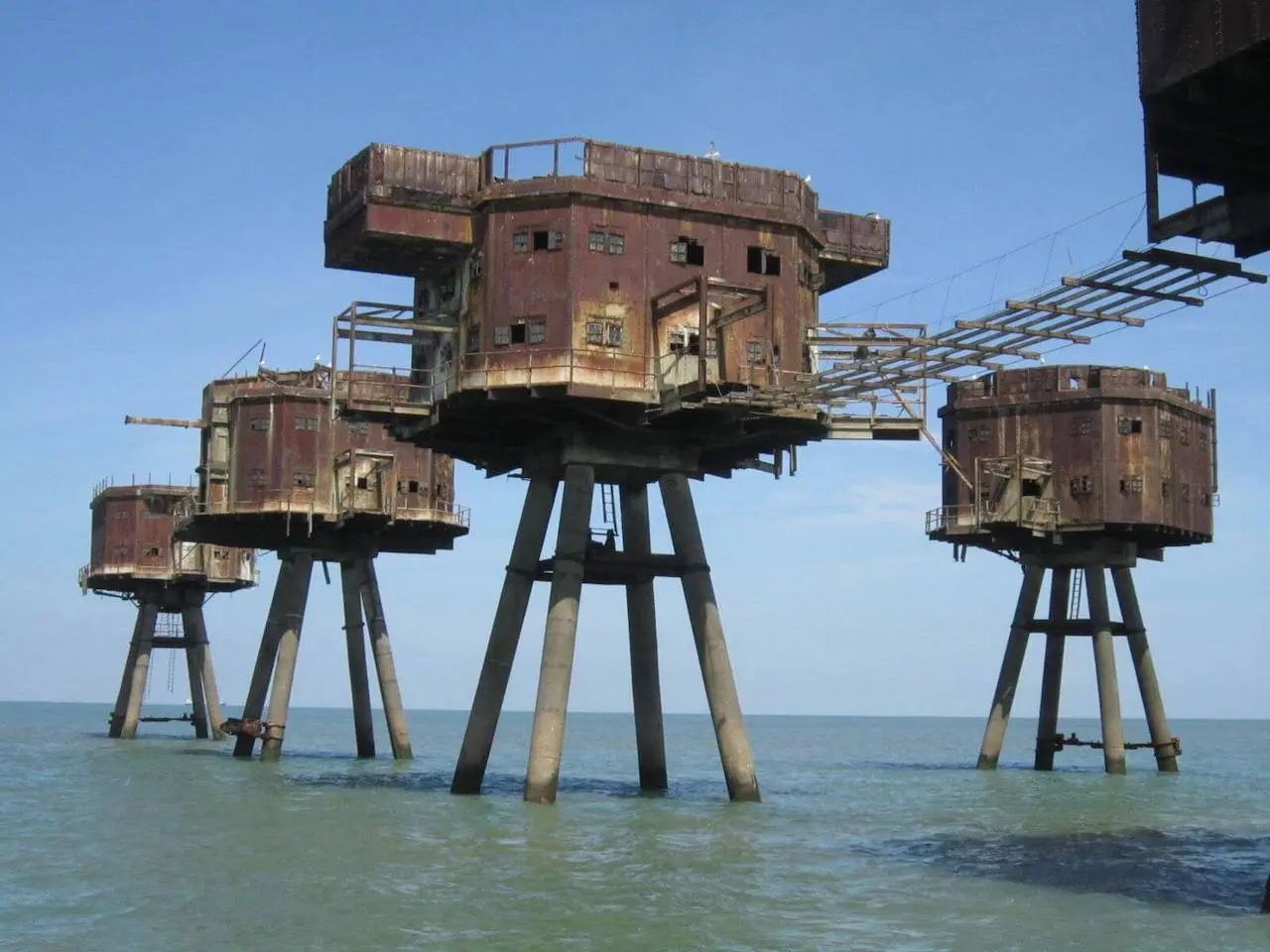
Heilstätten Hospital – Beelitz, Germany
Built in 1898, this disused hospital complex of approximately 60 buildings located in the district of Beelitz Heilstatten in Germany.

During World War I, it served as a field hospital that treated the earliest casualties including a young soldier by the name of Adolf Hitler, who had been blinded by a British gas attack and wounded in the leg at the Battle of the Somme.
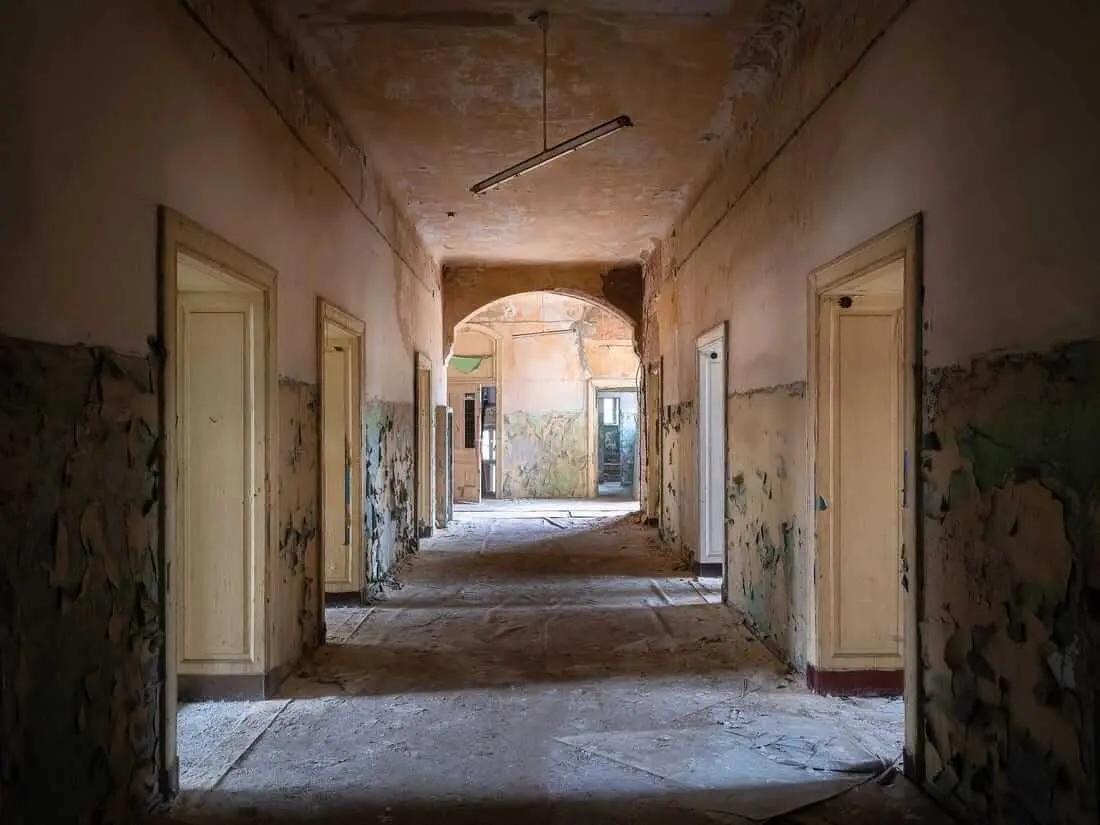
Power Plant IM – Charleroi, Belgium
Originally built in 1921, the Power Plant IM used to be one of the largest coal-burning power plants in Belgium.
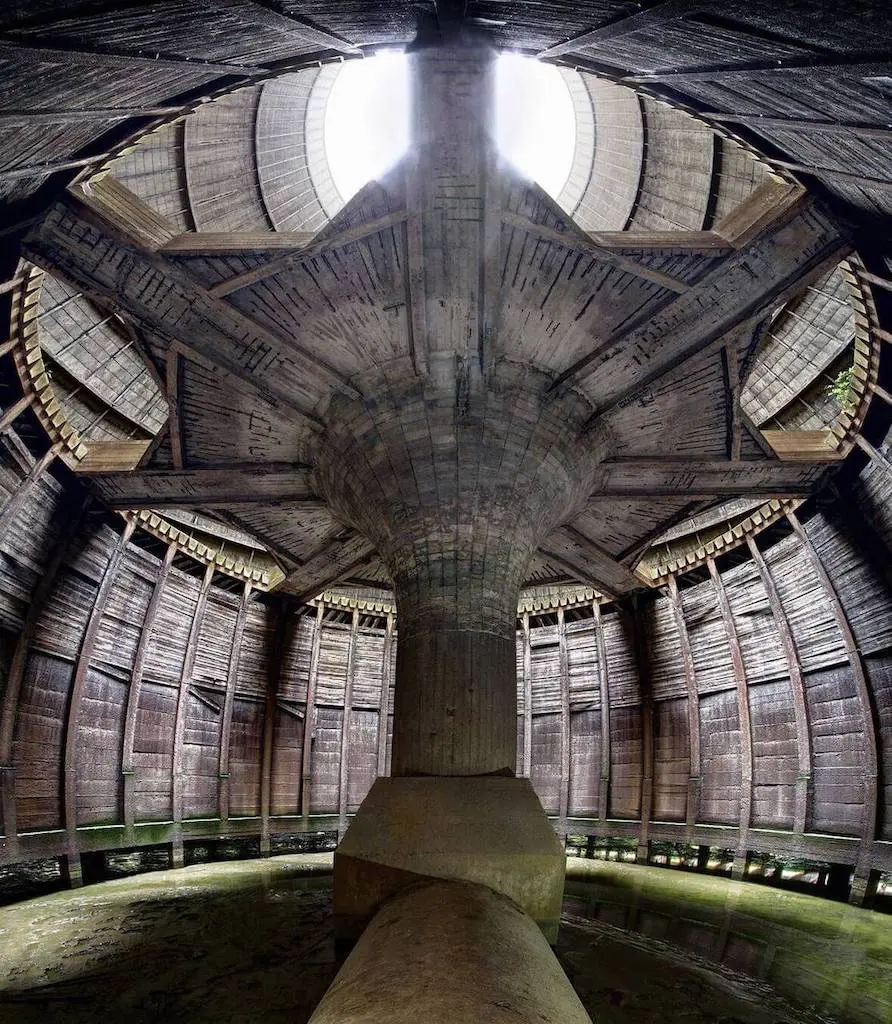
But with great power comes great pollution, and this particular plant was responsible for 10 percent of the total carbon dioxide emissions in the entire country.
Greenpeace protested, and the site was shut down in 2007.
While the power plant no longer provides any electricity, the abandoned towers still provide plenty of dystopian and eerily beautiful vistas.
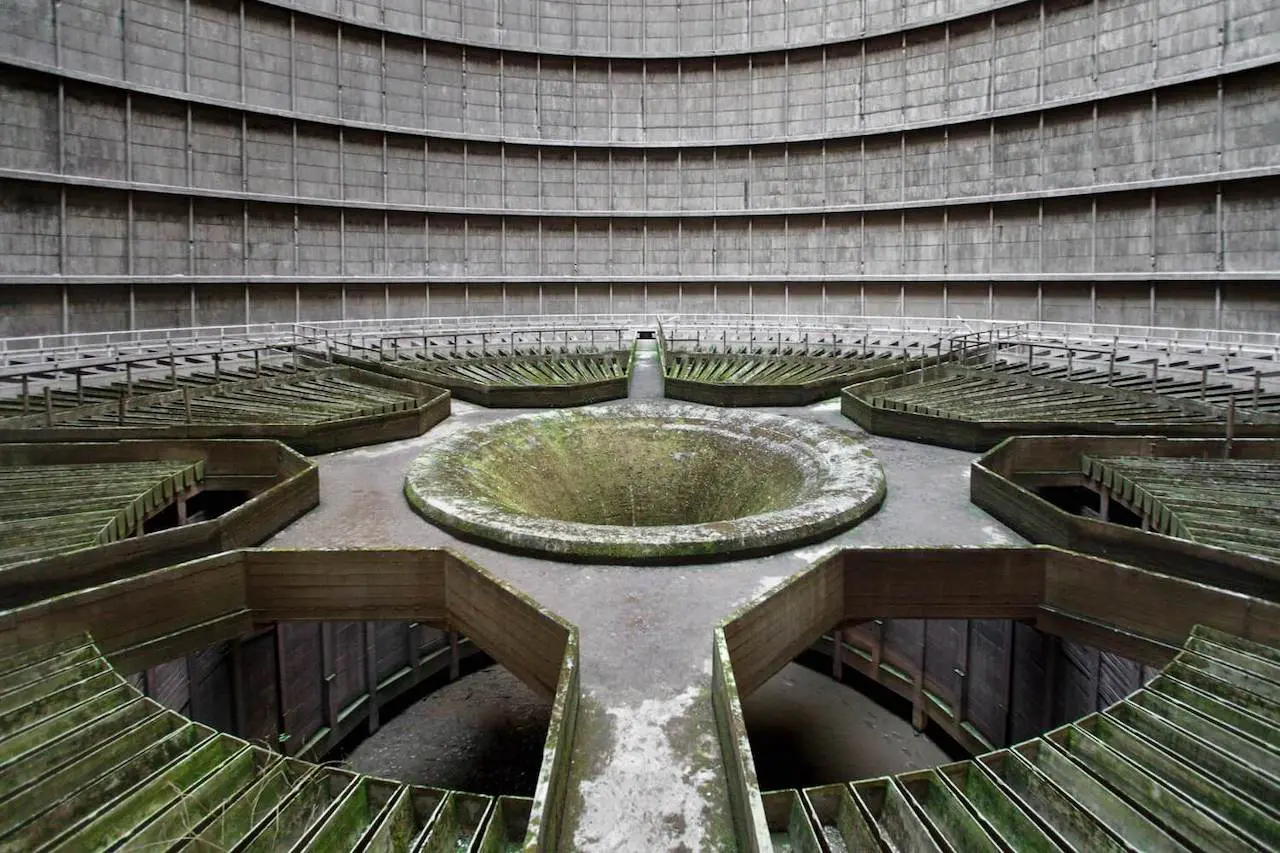
Michigan Theatre – Detroit, USA
What was once a bustling business hub is now a ghostly reminder of Detroit’s economic status.
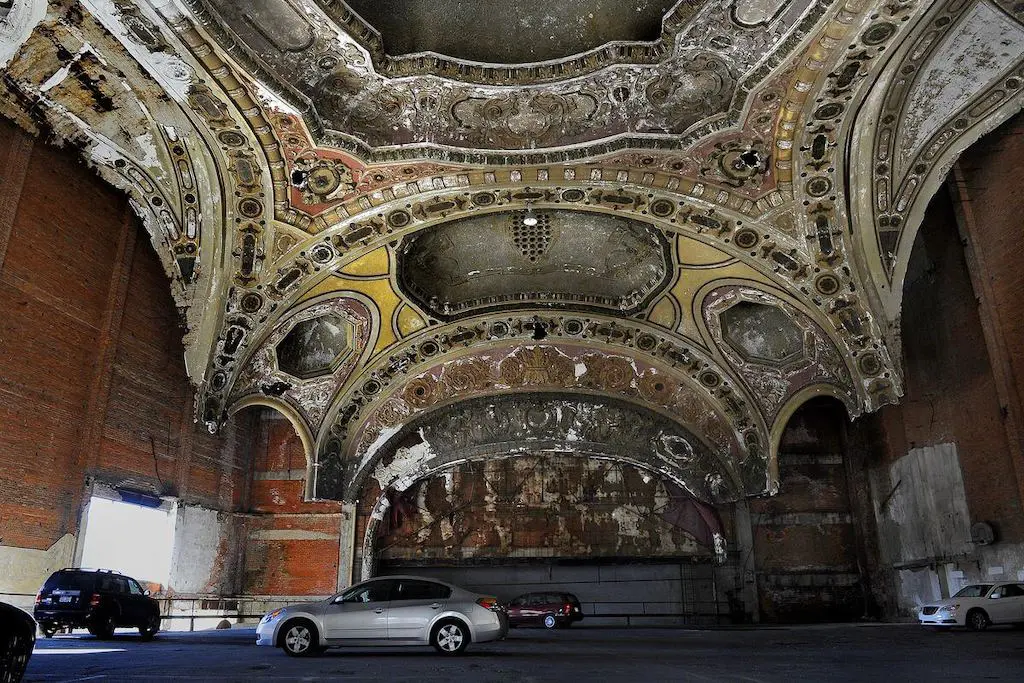
Built-in 1926 on the spot of Henry Ford’s first workshop, the Michigan Theatre was once an opulent downtown Detroit institution with seven stories and a $5 million architectural work.
The theater closed its doors in 1967, following the boom of television.
Since then, the space has served several purposes until it was finally repurposed as a parking garage in the late 1970s.
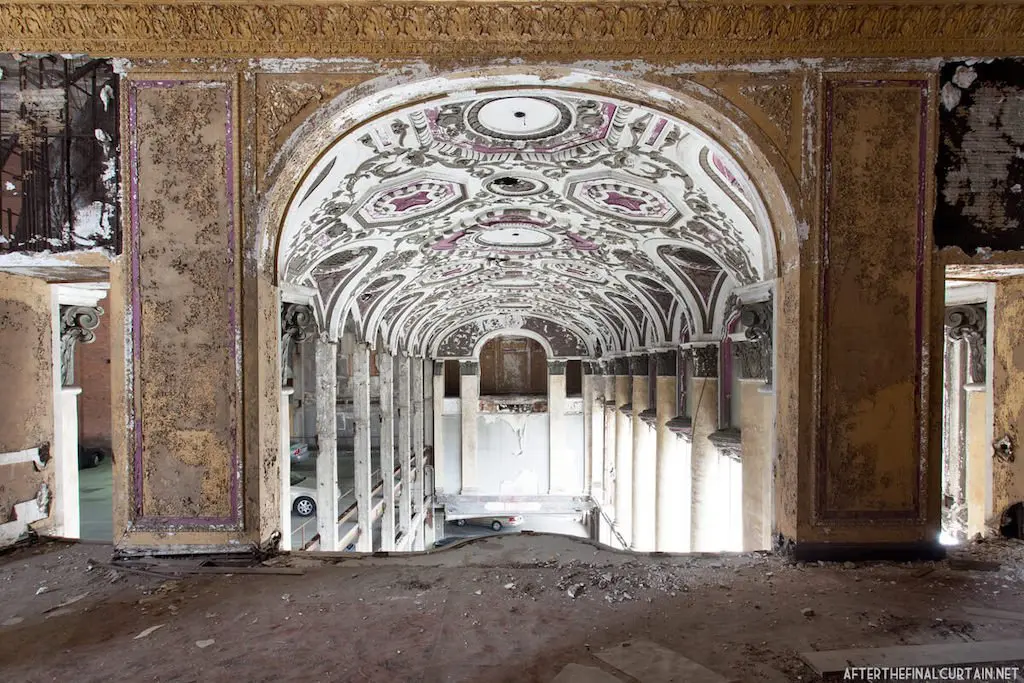
Nicosia International Airport – Cyprus
Nicosia International Airport was once a busy, successful airport from the time it opened in the 1930s until it was abandoned in 1974, following the Turkish invasion of Cyprus.
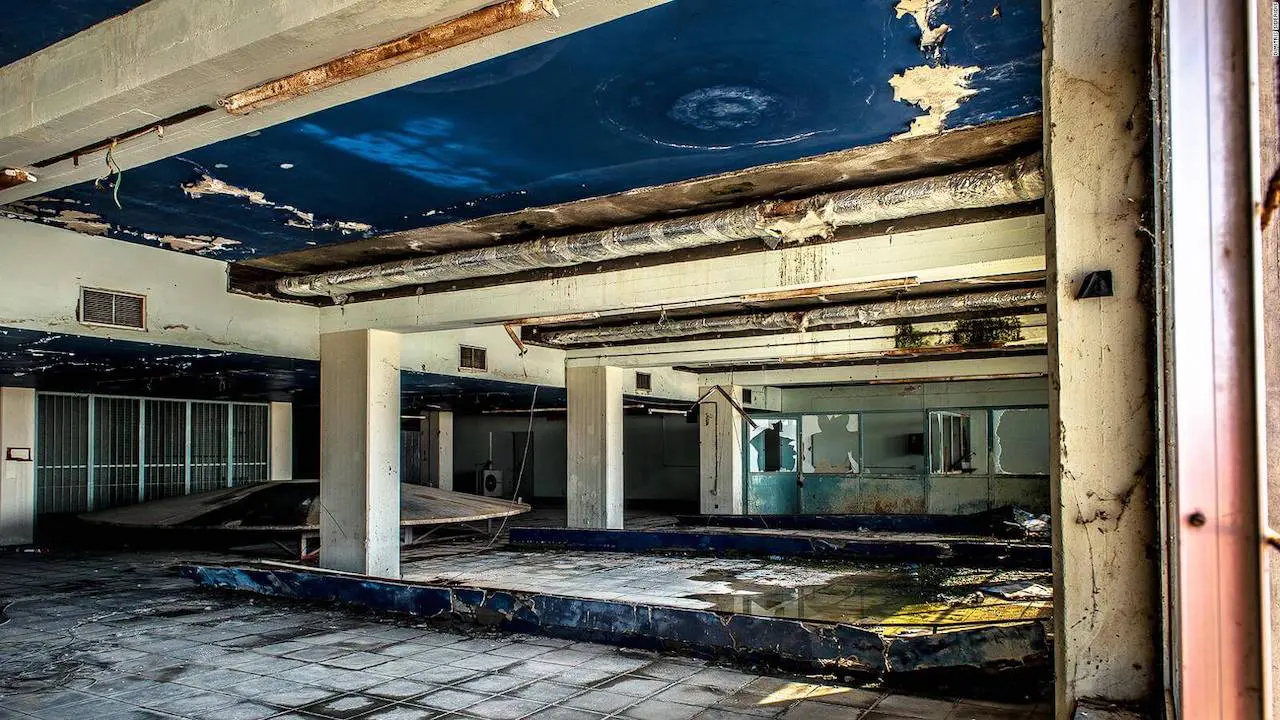
For the past decades, planes have turned to rust, while the airport’s interior areas have left to decay and accumulate bird excrements.
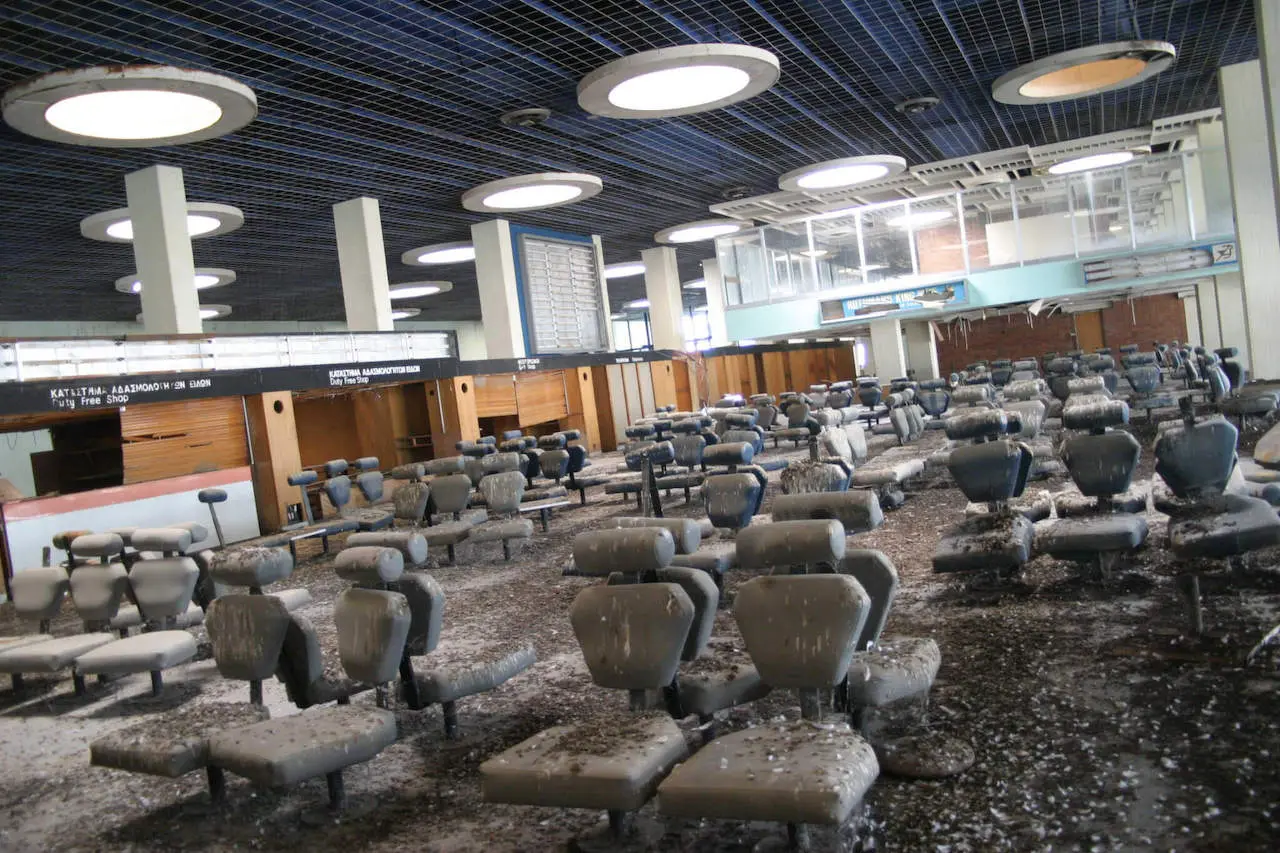
Teufelsberg – Berlin, Germany
This now-abandoned Cold War listening station sits on top of a pile of WWII rubble covering up a Nazi military college. NSA built the futuristic geodome featured station on the mountain to spy on East Berlin.
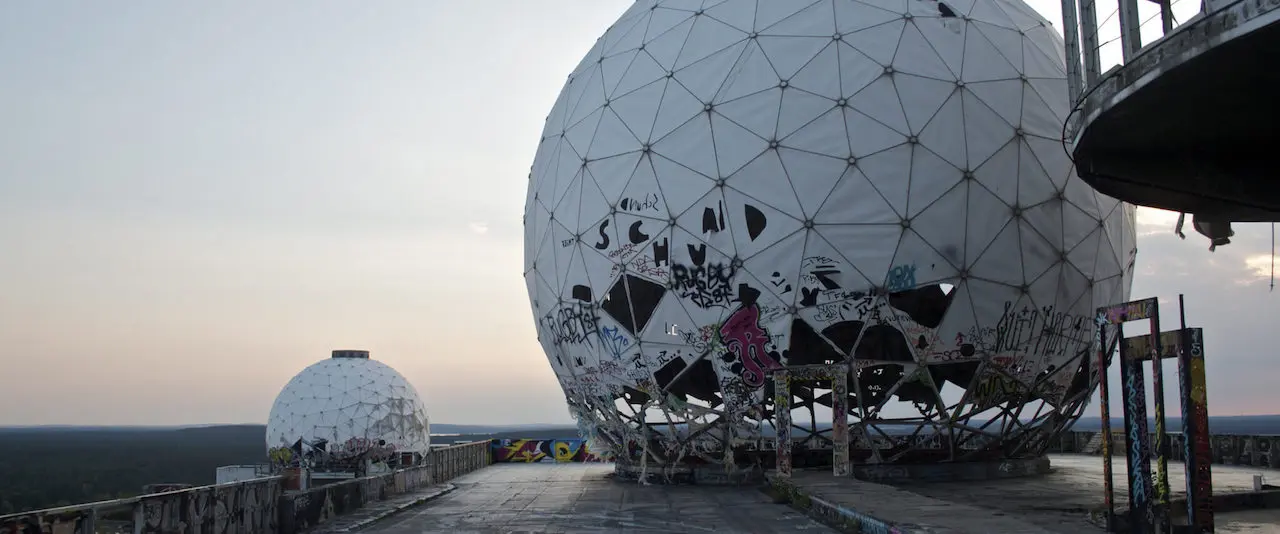
After the fall of the Berlin Wall in 1989, the station was decommissioned.
Today, it’s graffiti-covered ruins overlooking the city providing visitors a piece of European history and abandoned architecture.
Buzludzha Monument – Kazanlak, Bulgaria
The Buzludzha Monument was built toward the end of the Cold War by the Bulgarian communist regime to serve as the official headquarters for the Bulgarian Communist Party.

The UFO-shaped brutalist building was the site of many state functions, with Lenin and Marx posters and a red-star ceiling setting the ambiance.
The monument was abandoned and closed to the public in 1989.

Hashima Island, Japan
Entire communities across the globe also get abandoned and left to decay.
The Hashima Island was once known for its undersea coal mines, reaching a peak population of over 5,000 residents. Once the mines started to run dry in the 70’s most people left.

The once-thriving island is now completely abandoned, serving only as a lair for a James Bond villain or sightseeing tours.
Like Hashima Island, many other cities and communities had the same destiny, creating odd and dystopian places across the world, simply waiting to be either restored or completely forgotten.























